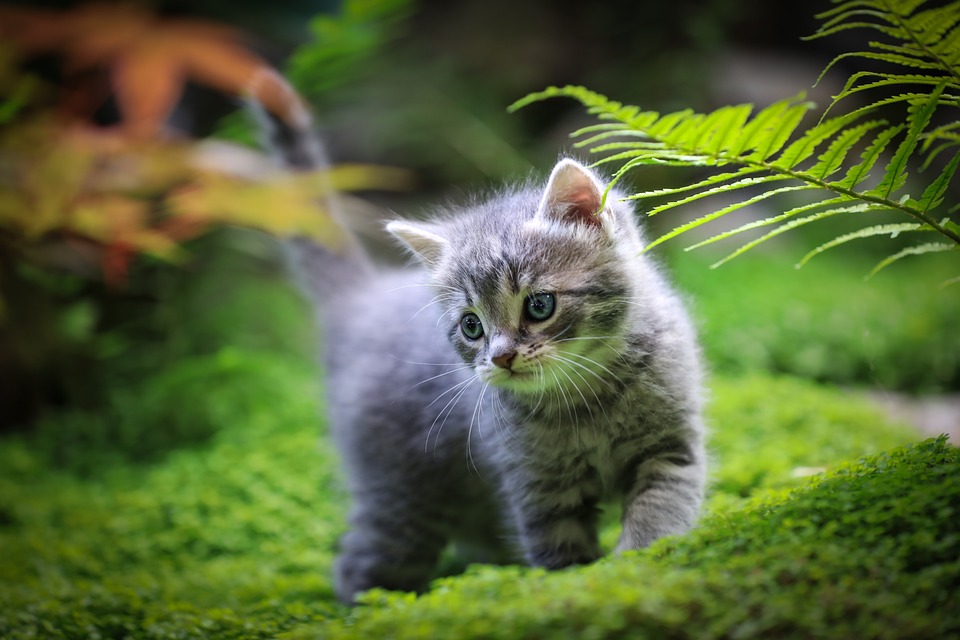Living with an arthritic cat can present unique challenges for both pet owners and their feline companions. As our beloved cats age, they may develop arthritis, a common condition causing joint inflammation and pain. To ensure a comfortable and fulfilling life for your arthritic cat, it’s essential to create an environment that supports their needs. In this article, we’ll explore various ways to adapt your home to accommodate an arthritic cat, promoting their overall well-being and quality of life.
Before diving into home adaptations, it’s crucial to have a basic understanding of arthritis in cats. This section will discuss the causes, symptoms, and potential treatment options for feline arthritis. By grasping the fundamentals, you’ll be better equipped to provide the necessary support for your arthritic cat.
Creating an Arthritis-Friendly Environment
This section will focus on making your home more accessible and comfortable for an arthritic cat. It will cover various aspects, including:
Providing easy access to elevated surfaces: Cats love to perch and observe their surroundings. However, jumping onto high surfaces can become challenging for arthritic felines. We’ll explore options like ramps or steps to help them reach their favorite spots without straining their joints.
Ensuring proper bedding: A comfortable and supportive bed can alleviate joint pain and provide much-needed rest for an arthritic cat. We’ll discuss suitable bedding materials and styles that offer optimal support and cushioning.
Modifying litter boxes: Arthritis can make it difficult for cats to enter and exit traditional litter boxes. We’ll provide tips on choosing low-entry litter boxes or creating custom solutions to accommodate their needs, promoting proper hygiene while reducing discomfort.
Promoting Mobility and Exercise
Although arthritis may limit a cat’s mobility, it’s crucial to encourage gentle exercise to maintain muscle strength and prevent further joint deterioration. This section will explore various ways to promote movement and exercise for arthritic cats, such as:
Interactive toys: We’ll discuss toys that promote gentle movement and mental stimulation, ensuring your arthritic cat stays active without exacerbating their condition.
Controlled playtime: Incorporating short play sessions throughout the day can help your cat maintain joint flexibility and muscle strength. We’ll outline appropriate playtime techniques that avoid putting excessive strain on their joints.
Dietary Considerations
A cat’s diet plays a crucial role in managing arthritis symptoms and supporting their overall health. In this section, we’ll discuss dietary considerations for arthritic cats, including:
Joint-supportive supplements: Certain supplements, such as glucosamine and omega-3 fatty acids, can aid in reducing inflammation and supporting joint health. We’ll explain the benefits and recommended dosage to consider for your arthritic cat.
Weight management: Maintaining a healthy weight is essential for managing arthritis. We’ll provide guidance on portion control, feeding strategies, and selecting appropriate cat food to prevent excess weight that can worsen joint pain.
Frequently Asked Questions (FAQs)
To address common concerns and doubts about adapting a home for an arthritic cat, we’ve compiled a helpful FAQ section. Here are some questions we’ll cover:
Can arthritis be cured in cats?
What signs indicate that my cat may have arthritis?
Are there any specific cat breeds more prone to developing arthritis?
How can I tell if my cat is in pain due to arthritis?
Can I give my arthritic cat over-the-counter pain medication?
Is physical therapy beneficial for arthritic cats?
Can environmental changes alone alleviate arthritis symptoms in cats?
Conclusion
Adapting your home to suit the needs of an arthritic cat is an act of love and compassion. By understanding the challenges posed by arthritis and implementing necessary modifications, you can greatly enhance your feline companion’s quality of life. From creating an arthritis-friendly environment to promoting exercise and providing a suitable diet, these adaptations will ensure your beloved cat enjoys the comfort and support they deserve.








